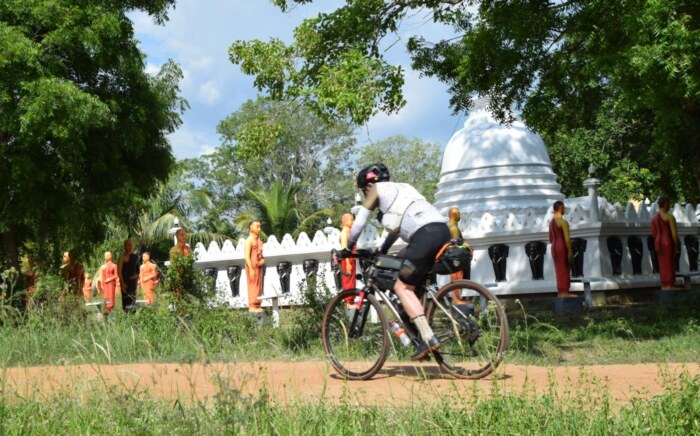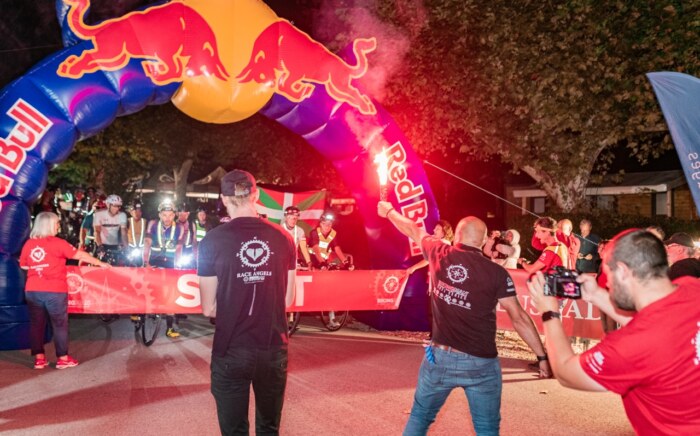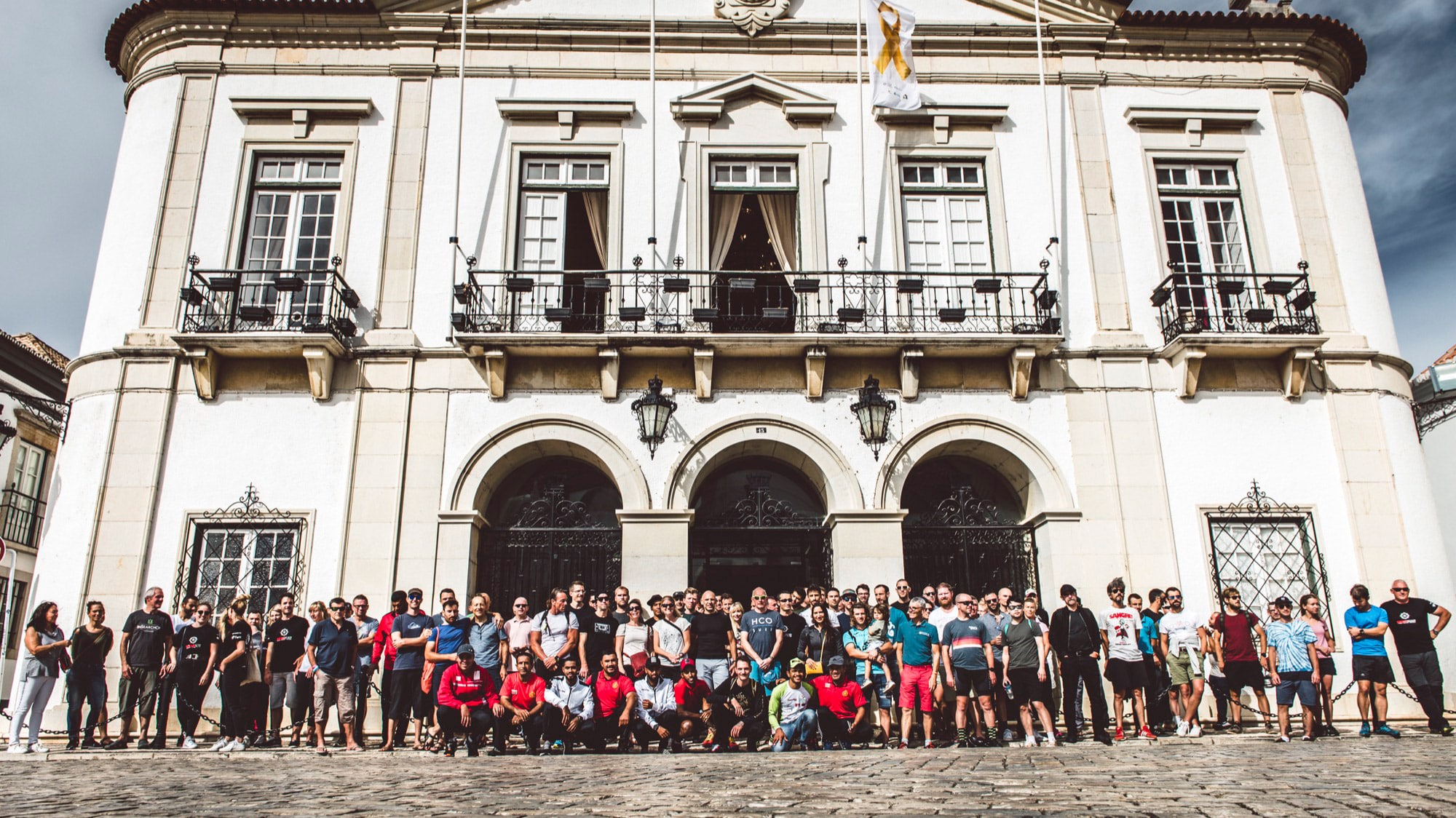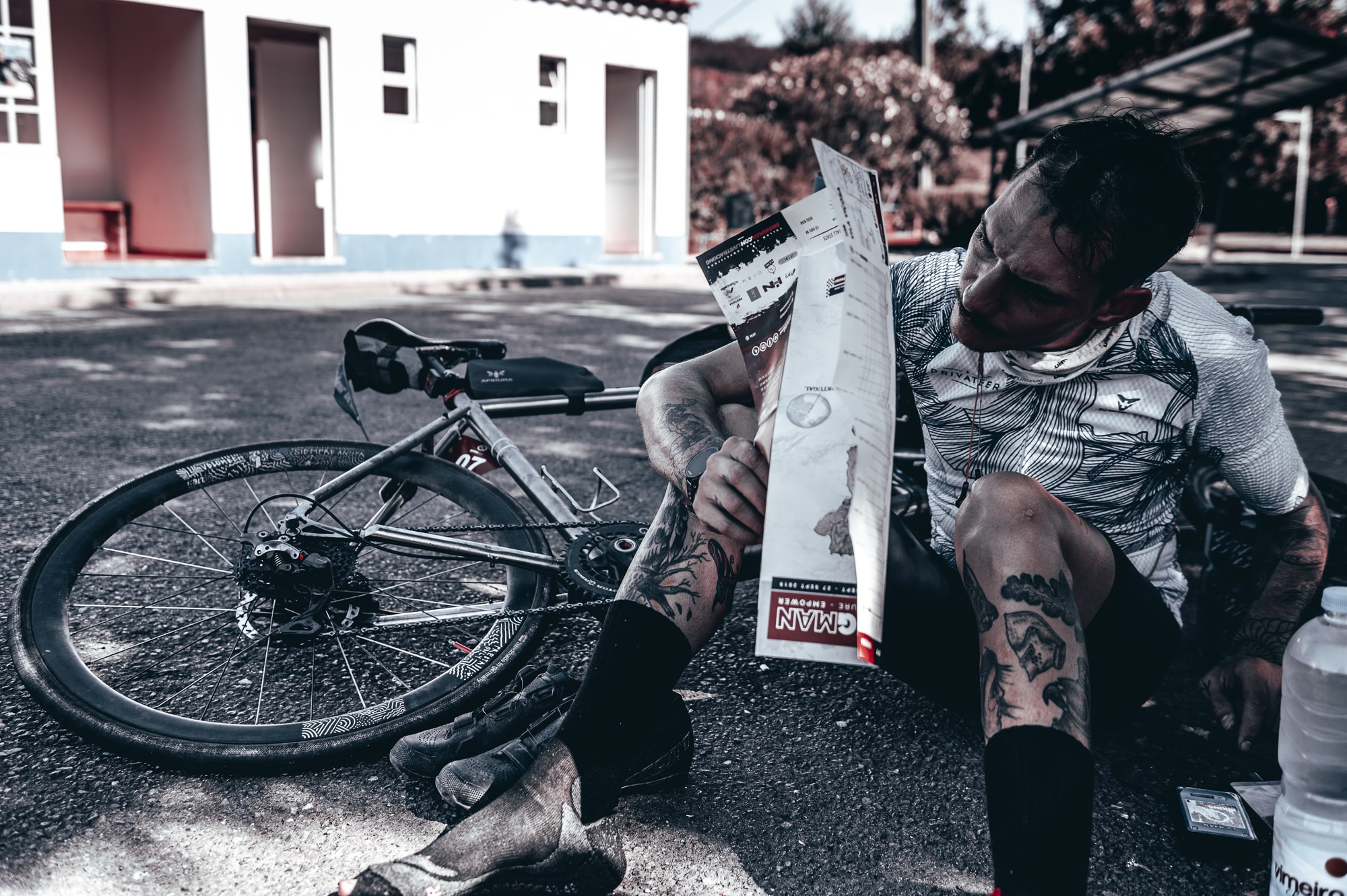In this second tutorial from the Ultra Academy, Axel Carion and Adeline discuss the fundamentals of training planning for ultracycling. To avoid mistakes, optimize the efficiency of your sessions, and prevent injuries, follow these recommendations on intensity, workload distribution, and weekly training volume.
1. The principle of progressive overload
- Gradual volume increase: One of the core principles of ultracycling training is progressive overload. Gradually increase your training volume in hours and kilometers to allow your body to adapt to the increasing demands.
- Managing intensity: Unlike volume, intensity should be increased cautiously. Excessive intensity can lead to fatigue and raise the risk of injury. Opt for slow, incremental increases, especially when preparing for a demanding race like BikingMan.
2. Distributing intensities
- Intensity distribution models: In ultracycling, several models are used to distribute training intensity:
- Low-intensity model: The majority of sessions are performed at low intensity, helping to build a strong aerobic base essential for long-distance races.
- Polarized model: This model splits 80% of training volume into low intensity and 20% into high intensity, including harder sessions to enhance effort capacity.
- Pyramidal model: Recommended for ultracycling, this approach mixes low, moderate, and high-intensity sessions. Most sessions are at low intensity to build aerobic endurance, with a few moderate-intensity efforts (useful for climbs) and a smaller proportion of high-intensity work to develop maximal power.
- Adapting the model to the race profile: Choose your intensity model based on the race profile. For events with numerous climbs, the pyramidal model works best, incorporating moderate-intensity sessions near the threshold to boost sustained climbing performance.
3. Training duration and frequency
- Weekly training volume: Contrary to common belief, training for a BikingMan event doesn’t require 20-25 hours per week. A well-structured 6-10 hour weekly volume, adjusted to the race demands, is sufficient for effective preparation.
- Session structure: In a typical week, distribute your sessions as follows: 80% at low intensity (aerobic base), a few sessions at moderate intensity (for climbing), and a smaller share at high intensity (for power development).
This balanced approach improves endurance, increases effort tolerance, and optimizes overall performance.
4. Considering the race profile
- Analyze the terrain and elevation: Tailor your training to the specific features of your target race. For a course with rolling terrain and long climbs, include moderate-intensity sessions to enhance your ability to sustain prolonged efforts.
- Specific preparation: Focus on the race’s unique demands (climbing, endurance, power) and adapt your sessions accordingly to maximize success.
These planning principles will help you optimize your ultracycling training through gradual progression, well-distributed intensities, and adjustments based on the race profile.
By following this guide, you’ll be fully prepared to face the challenges of a race like BikingMan while maintaining your physical condition.
Find us on:
- Website : bikingman.com
- Instagram : bikingman_ultra
- Facebook : bikingmanultra
- Strava : / strava








